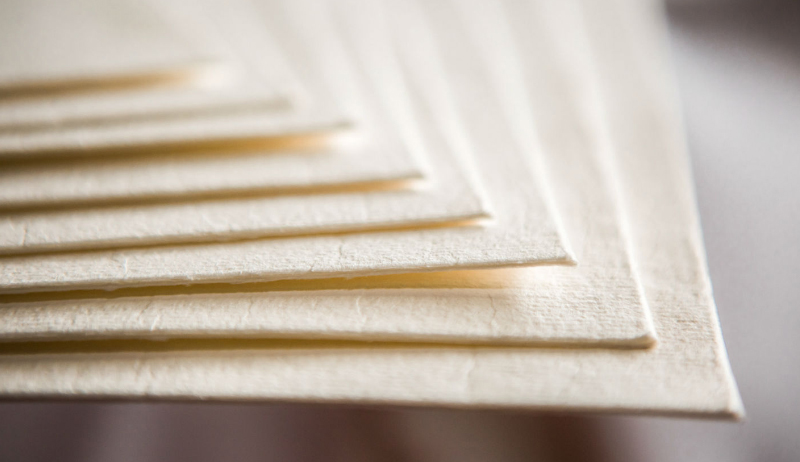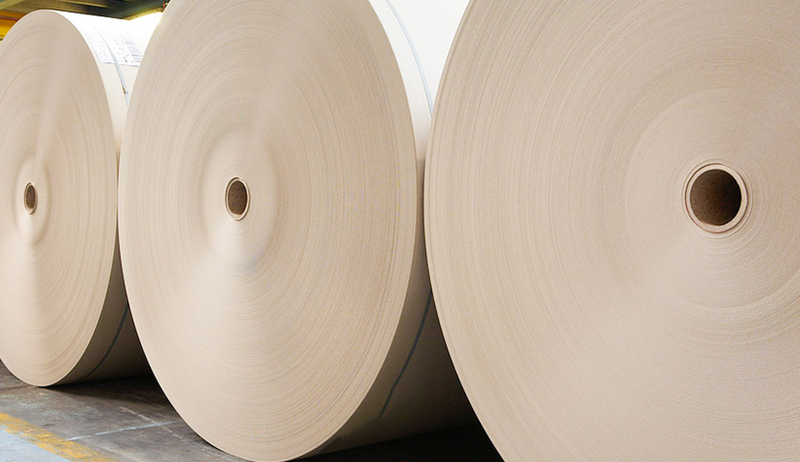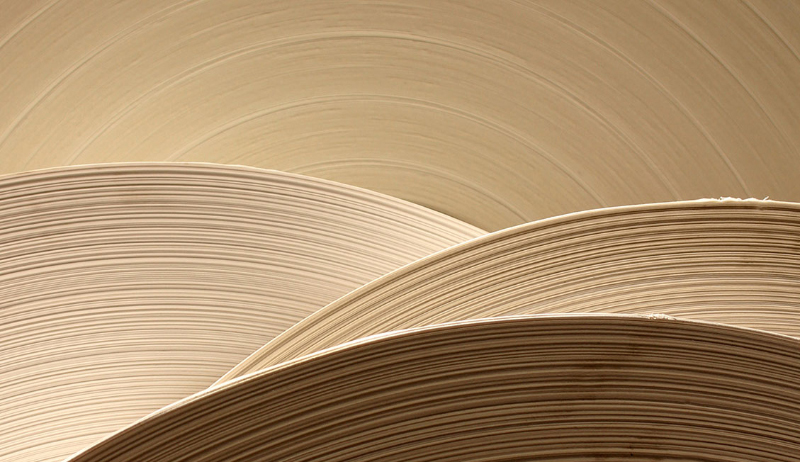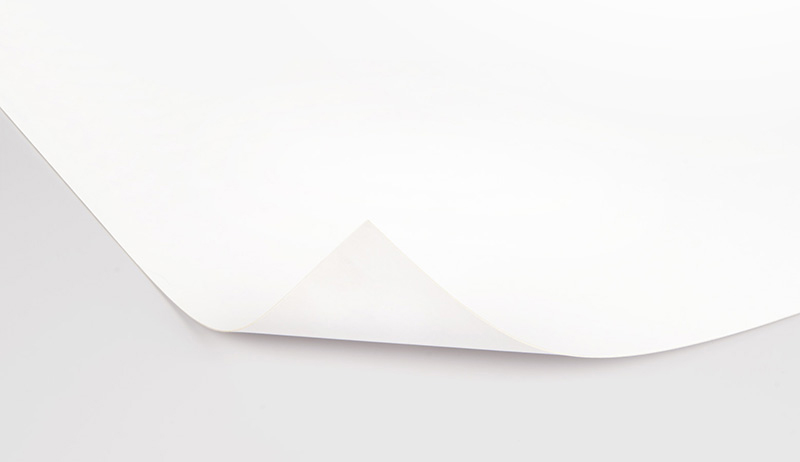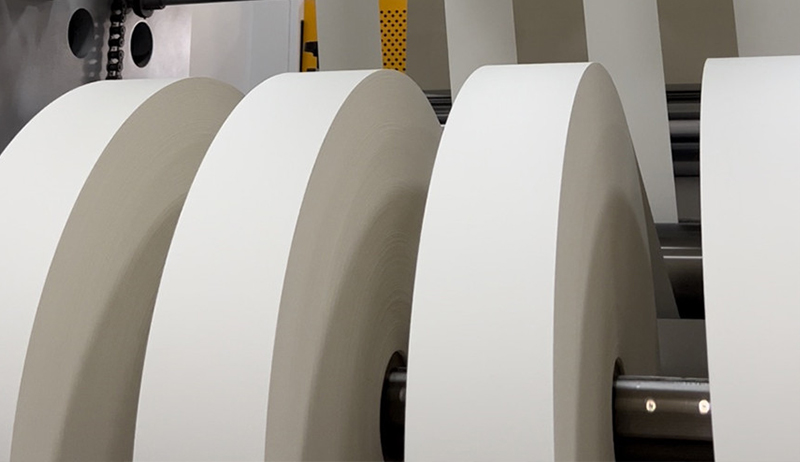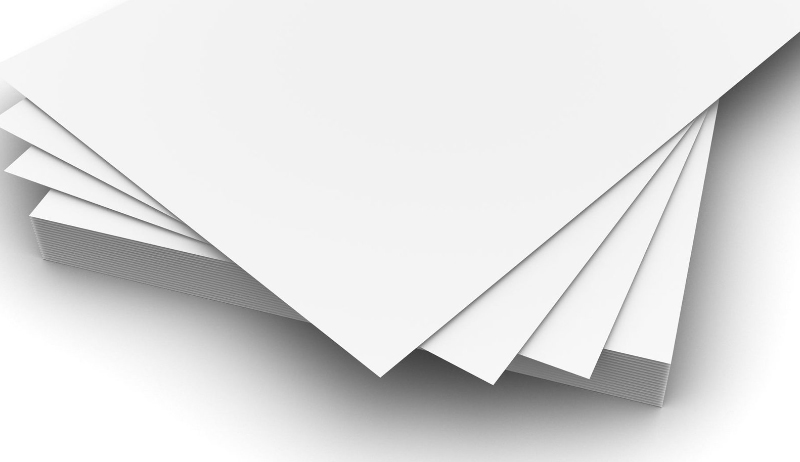Ordinary papermaking equipment has its shortcomings. How to accurately control Custom Wood Pulp White Paperboard equipment?
Ordinary papermaking equipment has its shortcomings. How to accurately control Custom Wood Pulp White Paperboard equipment?
1. High-precision equipment lays a solid foundation
1. Accurately control the forming of the mesh
The first step in the papermaking process is to convert the prepared wood pulp into paperboard, and high-precision papermaking equipment plays a core role in this process. In the mesh forming stage, the papermaking equipment used for Custom Wood Pulp White Paperboard has excellent precision control capabilities. Through advanced sensors and automatic control systems, the flow rate, flow rate and running speed of the pulp can be accurately adjusted. The precise control of these parameters is crucial for the uniform distribution of wood pulp fibers on the mesh.
When the pulp is delivered to the mesh at a precisely controlled flow rate and flow rate, the running speed of the mesh is perfectly matched, so that the wood pulp fibers can be evenly settled on the mesh to form a wet paper web with consistent thickness. In contrast, ordinary paperboard papermaking equipment is difficult to accurately adjust these parameters due to its limited precision. In the ordinary papermaking process, the pulp flow rate is unstable, the flow rate fluctuates, and the running speed of the mesh is difficult to accurately match the pulp supply, which leads to uneven distribution of wood pulp fibers in the mesh, resulting in uneven thickness of the cardboard. This uneven thickness not only affects the flatness of the appearance of the cardboard, making it look uneven, but also leads to uneven strength distribution of the cardboard. In the subsequent use process, the thinner parts become weak points and are prone to damage, which seriously affects the performance of the cardboard.
2. Equipment support for optimizing the internal structure
Advanced papermaking equipment also provides strong support for optimizing the internal structure of the cardboard. Through specially designed forming devices, wood pulp fibers can be guided to form an orderly arrangement inside the cardboard. In ordinary cardboard papermaking, wood pulp fibers are often randomly arranged and lack orderliness, which limits the improvement of cardboard strength and stability. The papermaking equipment for customized wood pulp white cardboard can use special mechanical forces and fluid mechanics principles during the forming process to arrange wood pulp fibers in a specific direction, like neatly arranged soldiers, greatly enhancing the bonding force between the fibers inside the cardboard.
After the cardboard is formed, it needs to go through the pressing and dehydration process to remove excess water and make the cardboard more compact. The papermaking equipment for customized wood pulp white cardboard also performs well in this link. The high-precision pressing equipment can accurately control the pressing pressure and time according to the characteristics of the cardboard to ensure that the water is fully squeezed out without over-squeezing and causing fiber damage. The dehydration equipment also uses advanced technology to efficiently remove moisture from the cardboard and further improve the density and strength of the cardboard. These processes require the coordinated cooperation of high-precision equipment, and the precise control of each link lays the foundation for ensuring the stability of cardboard quality.
2. Advanced papermaking methods to improve cardboard quality
1. Special molding process enhances strength
The advanced papermaking method used in customized wood pulp white cardboard focuses on optimizing the internal structure of the cardboard, among which the special molding process is the key. This molding process uses innovative design and operation methods to enable the wood pulp fibers to form an orderly arrangement inside the cardboard. During the molding process, by controlling the flow path and speed of the pulp and applying a specific external force field, the wood pulp fibers are guided to interweave and arrange in a certain direction.
This orderly arranged fiber structure greatly enhances the strength of the cardboard. When the cardboard is subjected to external forces, the orderly arranged fibers can better cooperate to resist the external forces, just like tightly woven ropes, which can withstand greater tension and pressure than randomly arranged fibers. In practical applications, for example, when packaging large and heavy items, customized wood pulp white cardboard can provide reliable support and protection with its optimized internal structure, effectively avoiding damage during transportation due to weight failure.
2. Multi-process collaboration to ensure quality
Advanced papermaking methods are also reflected in the coordination of multiple processes. From the formation of wood pulp on the net to the completion of the final cardboard, each process is closely connected and affects each other. In the dehydration process, efficient dehydration equipment can quickly and evenly remove moisture from the cardboard, making the structure of the cardboard tighter. The dehydration process not only affects the moisture content of the cardboard, but also affects the bonding force between the fibers. By precisely controlling the dehydration time and temperature, the hydrogen bonds between the fibers can be made stronger, further enhancing the strength and stability of the cardboard.
In the subsequent drying process, the temperature and time also need to be precisely controlled to ensure that the cardboard is dried evenly and avoid deformation of the cardboard due to uneven drying. Advanced papermaking methods ensure the quality of paperboard from multiple aspects through precise control and coordination of each process, so that it has reached a high level in strength, flatness, stability and other aspects.
3. Special calendering process improves surface quality
1. High-precision pressure regulation
Special calendering process is the key link to improve the surface flatness and finish of paperboard. During the calendering process, the Custom Wood Pulp White Paperboard passes through a series of rollers under high temperature and high pressure. The calendering equipment used in the Custom Wood Pulp White Paperboard has a high-precision pressure regulation system, which is the core technology for achieving high-quality calendering. The system can accurately adjust the calendering pressure according to the different requirements of the paperboard.
For paperboards of different thicknesses, materials and uses, the required calendering pressure is different. The high-precision pressure regulation system can quickly and accurately adjust the pressure between the rollers according to the specific parameters of the paperboard, so that the surface of the paperboard is subjected to uniform and appropriate pressure. This precise pressure control can effectively eliminate the tiny unevenness on the surface of the paperboard, so that its surface can achieve extremely high flatness. In contrast, the calendering equipment of ordinary cardboard has limited pressure adjustment accuracy, which makes it difficult to make precise adjustments according to the specific conditions of the cardboard, resulting in poor calendering effect and obvious defects on the cardboard surface.
2. Create an ideal printing carrier
After high-precision calendering, the smoothness of the cardboard surface is greatly improved. This high flatness and smoothness surface provides an ideal carrier for high-quality printing. During the printing process, the ink can be evenly attached to the surface of the cardboard, ensuring that the printed pattern is clear and colorful. The high flatness surface can also reduce the penetration and diffusion of the ink, making the edges of the printed pattern sharper and the details richer.
In the field of high-end packaging printing, the requirements for printing quality are extremely high. The surface quality of customized wood pulp white cardboard after special calendering process can meet these strict requirements. Whether it is exquisite pattern design or delicate text printing, it can be perfectly presented on customized wood pulp white cardboard. In cosmetic packaging printing, the metallic texture, three-dimensional relief and other effects presented on the surface of customized wood pulp white cardboard through special printing technology are precisely due to its high flatness and smooth surface, which adds a unique charm to the product packaging and enhances the added value of the product.


 English
English Español
Español

